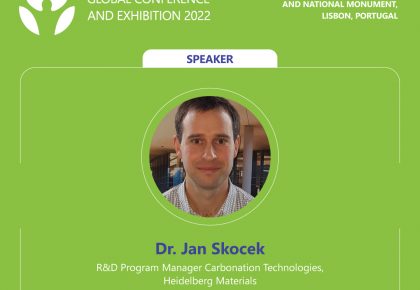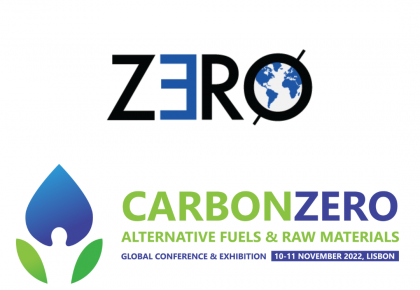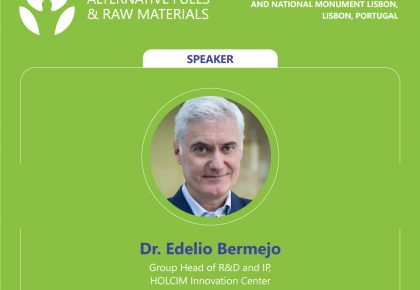The recent geopolitical situation has highlighted the misplaced reliance on fossil fuels and the fragility of our renewable energy supply. The solution is to turn all kinds of waste into fuel. Realtime online Near Infrared (NIR) analysis not only provides...
- October 19, 2022
- 2 Min Read
2030 is a crucial benchmark for the carbon neutrality journey: reducing the CO2 footprint while producing enough cement to meet demand will be challenging. Over 80% of the cement operation’s carbon emissions are released during clinker production. Also, the substitution...
- October 18, 2022
- 2 Min Read
The cement industry is moving increasingly towards the use of alternative fuels for the complete decarbonization of cement and concrete. It raises questions about safety and handling new fuels and materials. Fires are especially common in factories with an increased...
- October 17, 2022
- 2 Min Read
The cement manufacturing process is highly intensive in heat consumption and carbon emissions. Stakeholders are increasing pressure to decarbonize not only the cement industry but the construction industry, too. But how we can achieve carbon neutrality by 2050 by implementing...
- October 13, 2022
- 2 Min Read
The cement industry is responsible for almost 8 % of global CO2 emissions. RDF and alternative fuels require a dedicated transport system inside cement plants and the use of pipe conveyors is nowadays state of the art. At CarbonZero: Alternative...
- October 6, 2022
- 2 Min Read
Dr. Ian Skocek, the R&D Program Manager for Carbonation Technologies at Heidelberg Materials is sharing “Circular economy of concrete, cement, and CO2”, explaining technological advances Heidelberg Materials has made to enable the 100 % recycling of concrete by reusing all...
- September 26, 2022
- 2 Min Read
Over 13 million tons of carbon dioxide reach the atmosphere every year due to cement production in Romania, a country that produces around 15 million tons of cement annually, the aggregate figure at the level of the biggest players in...
- September 21, 2022
- 3 Min Read
The cement and construction industries are among the highest CO2 emissions generators in the world. The cement industry alone accounts for 8% of global emissions, not far behind the agriculture industry with 12% [ref]. In 2021, the cement industries were...
- September 15, 2022
- 3 Min Read
Holcim is joining the most innovative industry event in Europe for decarbonization by using alternative fuels in the cement industry and cementitious materials in cement and construction. Dr. Edelio Bermejo is a key speaker at CarbonZero: Alternative Fuels and Raw...
- September 12, 2022
- 2 Min Read
Nexus Fulbright Scholar and Marie Curie Fellow Mauricio Giraldo, Alternative Fuels Director at Cementos Argos Colombia, will approach “Road to net zero: Achieving quantity and quality of alternative fuels in developing economies”. The intervention will take place this November at...
- August 25, 2022
- 3 Min Read











